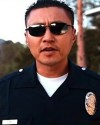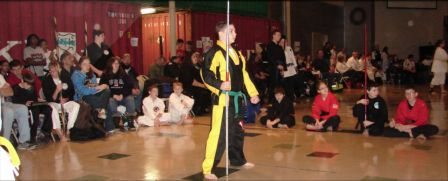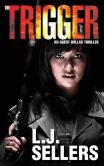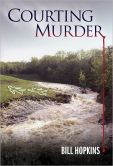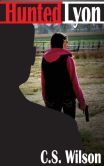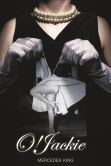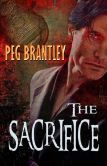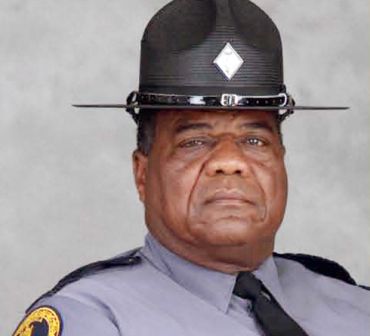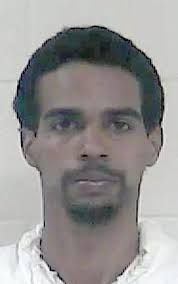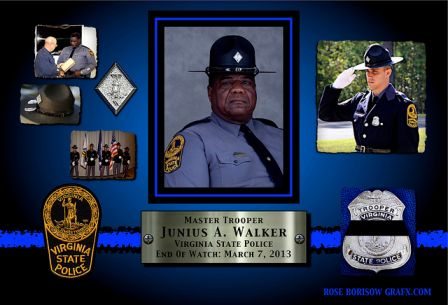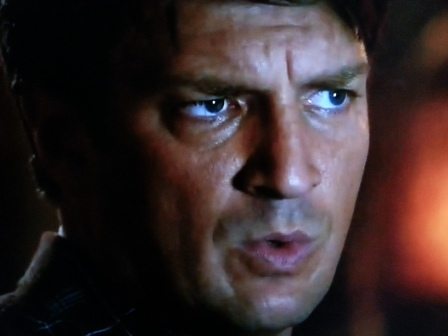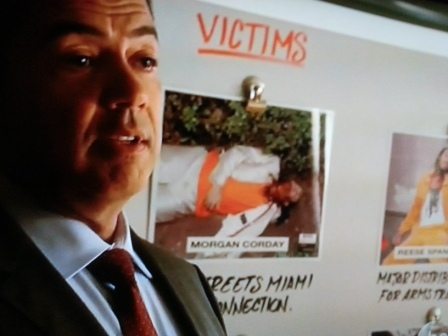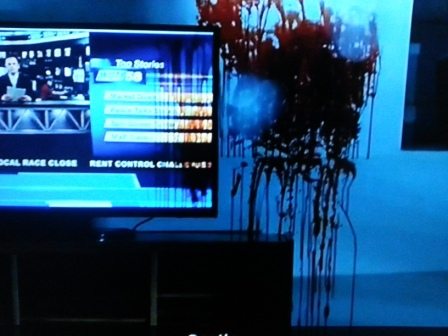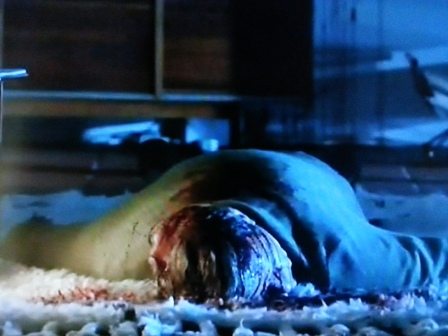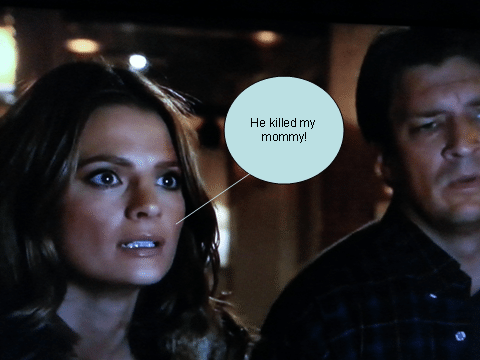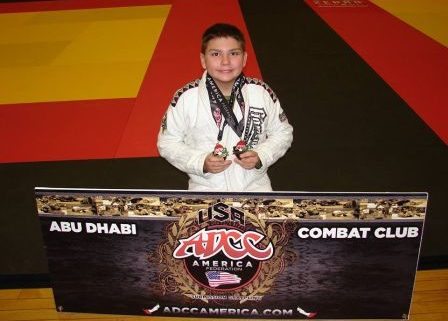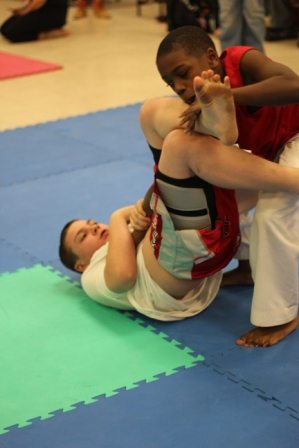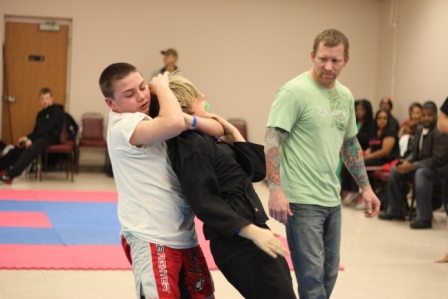As a follow-up to Special Agent Mike Roche’s article about PTSD and police officers, I thought it would be a good time to re-tell this real-life story.
A Recipe For PTSD: Killing Someone
by Lee Lofland
Ever wonder what it’s like to kill someone? Well, I don’t have that worry. You know the saying…been there, done that. And I’ve lived with the dead guy’s restless spirit scrabbling around inside my head ever since.
I never thought about this sort of thing until it happened to me. But it didn’t take long to realize that once I’d pulled the trigger, sending bullets on their way, that was it. I couldn’t call them back. Nope, no “all ye all ye in come free’s.” Not that I would’ve called them back, mind you. Not even one of them. It’s just that I sometimes wonder what life would be like today had I not taken a human life by squeezing the trigger on my SIG P228.
Okay, enough what-if’s. Let’s get right to it. Here’s how I came about killing a guy on a blistering hot August day back in 1995.
The morning started off with me sitting in my office reading the offense reports from the previous night. Nothing special—a few drunks, some minor drug activity, a couple of break-ins, and the usual domestic he-said-she saids.
Then it happened. The 911 call and silent alarm, both coming in at the same time. A young man—22-years-old—walked into a bank and pointed a handgun at one of the tellers. He grabbed all the money he could carry in a white, wrinkled, plastic grocery bag. He’d scared the poor teller to tears. She was victim number one.
The robber fled the scene and, unfortunately for him, he wrecked his car trying to escape. Five of us cornered the guy in a drainage ditch beside his car—three patrol officers, one special agent of one of those “three-letter-agencies,” and me. I was dressed for court, wearing a coat and tie, which is not exactly the perfect outfit for exchanging gunfire with a bad guy on one of the hottest days of the year.
The robber had no intention of surrendering, and decided to shoot it out with us. Big mistake.
Four officers took cover on the the top of a highway exit ramp, just out of the robber’s line of sight. I’d taken a different position and was much closer to the gunman—to his left, twenty-five yards away. My only cover was a small maple tree. A very small maple tree. At the time it seemed like a toothpick with a few leaves.
The robber crouched down near the rear bumper of his car. I called to him, practically begging him to drop the gun and come to us with his hands up. He ignored my orders and fired a couple of shots toward my fellow officers on the hilltop.
The sound of the gunshot activated my brain’s slow-motion function. Time crawled to a near standstill.
Somehow, and I still can’t explain it, I had time to look around before reacting to the gunshot. I saw officers yelling, their mouths slowly opening and closing. Lazy puffs of blue-black smoke drifted upward from their gun barrels. I saw a dog barking off to my right—his head rising and falling with each silent yap, moving at the speed of ancient dial-up internet. Droplets of spittle hung in the air around its face.
I turned back to the robber, thinking “center mass,” and took aim, firing a single shot through the rear, side glass of the car and into the side of his head (that’s the only part of the body I could see at the time). He fell on his right side. I thought it was all over. After all, I’d just shot him in the head. Certainly a wound of that nature was enough to stop any man. Instead, the guy popped back up, smiling like a crazed zombie-like psycho.
He fired more rounds, a few seconds apart. This time I had a better view of him, and answered each of his volleys with rounds of my own, all directly into his chest. He fell each time a shot hit him, but each time he only stayed down for a second. And when he came up he came up shooting.

Bullet hole in the rear glass from my shot. The large hole in the side of the car is from a slug fired from an officer’s shotgun.
After my fifth bullet hit him, he stayed down.
Silence.
Eerie silence.
A pin-drop would’ve been heard for miles.
My heart pounded against the inside of my chest.
Finally, after what seemed like an eternity, I called to everyone on my portable radio, letting them know it was over.
I started a slow, cautious walk toward the robber, keeping my pistol aimed in his direction.
Suddenly, the guy jumped up and ran toward the officers on the hill. I ran after and tackled him (another sport coat and pair of dress pants that wouldn’t be salvageable). With the assistance of a sheriff’s captain who’d arrived on scene at the end of the exchange of gunfire, I rolled the robber over to one side trying to gain control of his hands so we could apply restraints. That’s when we saw the revolver in his right hand, and he was squeezing the trigger repeatedly. Thankfully, the gun was empty.
Click, click, click, click, click…
The sound of the hammer falling against empty brass casings is one I haven’t forgotten, and probably never will.
I can’t tell you how many times I’ve wondered…”what if” there’d been one more round in that gun.
Just one more live round in the bad guy’s revolver and I might not have survived to tell the story.
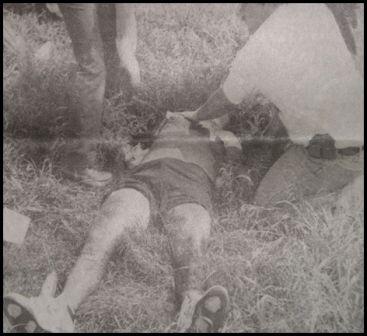
Paramedics with wounded bank robber.
The bank robber died a few moments later.
I’d killed him. And that’s when my troubles started.
You see, my department didn’t offer counseling and/or de-briefing. No post-shooting administrative leave. The chief didn’t believe in something that was “for the weak of heart and mind”. I was left to fend for myself.
Tough cops were supposed to handle whatever came their way. My boss actually told me that a real cop would just suck it up. In fact, he sent me to the morgue to photograph the robber’s body and to remove my handcuffs from the dead man’s wrists. I wasn’t even given the rest of the day off.
The robber died that August morning and his soul left for wherever it is that troubled souls go. And troubled he was. He’d recently been charged with sexual abuse of a minor, and I suspect he was wrestling with the demons associated what he’d done. Perhaps he’d decided to commit suicide and I’d been there to help him achieve his goal. I’ll never know the entire story.
When the robber’s soul left his body, unfortunately, a part of my emotions were tethered to it. It would be several years before I was able to reel them back in.
A few days after the shooting, my partner and I met with the medical examiner who conducted the autopsy on the bank robber. This, by the way, was the same medical examiner’s office where Patricia Cornwell based her Kay Scarpetta series.
Even though I’d watched each of my bullets travel through the air until they hit the robber’s flesh (It’s not unusual for those who shoot a lot have this ability), it still hit like a ton of bricks when the M.E. told me that all five bullet wounds in the man’s body were caused by my rounds. The famous pathologist spared no details when describing the damage caused by each bullet.
The last four rounds I fired were each fatal wounds. The first shot, however,—the round that entered the side of the robber’s head and exited near the jawline—was not a life-ending wound. Sure, it made two nice little holes and knocked out a few teeth and ripped through tongue and other meaty tissue, but he’d have lived if only he hadn’t continued to shoot at us.
All he had to do was surrender. Toss the gun away. Give up. Just STOP SHOOTING and he would’ve lived.
Yes, I recall firing each round. Still can, just like it was yesterday. I smell the smells. Hear the sounds. Feel the heat. It’s with me every day of my life. That simple motion of an index finger, like scratching a small itch five times, was all it took to send pieces of hot metal to rip and tear through human flesh and organs. The same finger-bending action used to indicate you want someone to “come here.” Five gentle squeezes of a trigger took a man’s life and nearly destroyed mine.
I. Do. Not. Understand. How. People. Can. Kill. Without. Remorse.
In the beginning, the dead guy only visited me during my sleep. Soon, though, he grew restless and figured if he couldn’t sleep then neither would I. He soon began stopping by to see me while I was at work, or during my off time. He walked with me while I mowed the grass, and he accompanied me to the grocery store. His voice taunted me. He tickled the hairs on the back of my neck just to let me know he was in the backseat as I drove my unmarked police car.
This was no downward spiral. No time for something that easy. This was a free-fall straight to hell. Fortunately, just before I hit bottom, I sought help on my own.
It took a few years to climb and crawl out of that dark pit, but I made it back and I actually think I’m a stronger person because of the experience. If nothing else, I have a real-life horror story to share.
Sixty-eight rounds of ammunition were fired during this shootout. The robber was hit five times, all five rounds were fired by me. One police car was destroyed by gunfire. No police officers were injured…physically, that is. However, soon after that day, one officer suffered a fatal heart attack. He was 44. One of the other officers later resigned and three retired. Two of the retired officers have died since that day—one at 54, and the other at 63. I’m nearly halfway between 54 and 63.
None of us had received any de-briefing or counseling.
Five more victims.

Police car destroyed by gunfire. That’s me with the cop/porn-star mustache. I believe I was reloading my magazine at the time this picture was taken. I remember thinking that I was not thinking—my mind was blank, if that makes any sense at all.
Pictured to my left, two special agents from a three-letter-agency—were in a discussion near the robber’s wrecked car. Notice the Kevlar vests on the outside of their clothing. One of the two agents pulled up and got out of his vehicle and quickly discovered he was caught in a crossfire situation. He grabbed his vest from the backseat and rolled beneath his SUV to put it on. Adrenaline, tunnel vision, and/or fear often cause people to do strange things. Why he didn’t move his vehicle to a safer location we’ll never know, because he, too, died just a few years later. The survival/longevity rate following this incident has not been promising.
*A newspaper photographer caught the above image just minutes after the robber had succumbed to his wounds.


